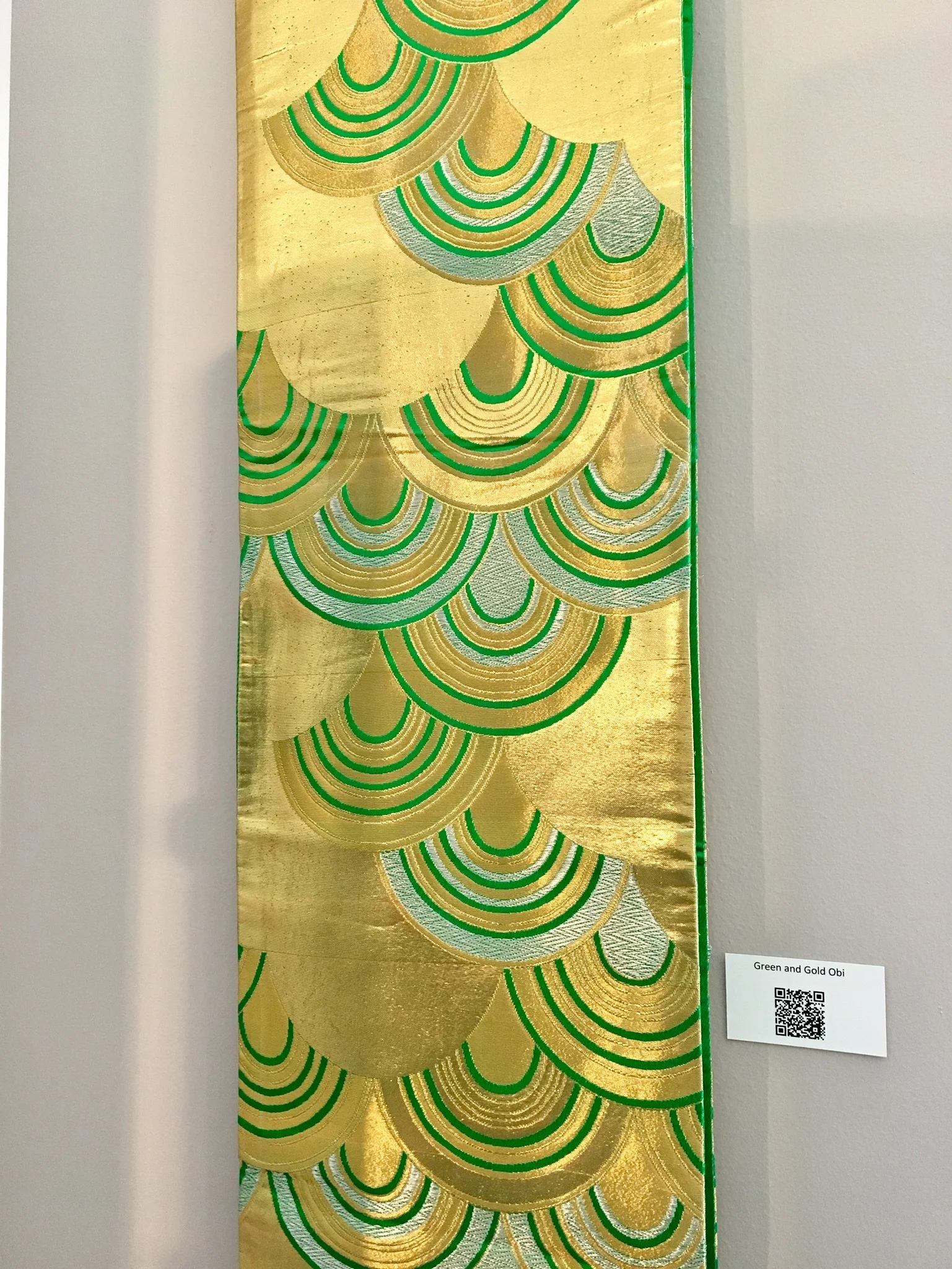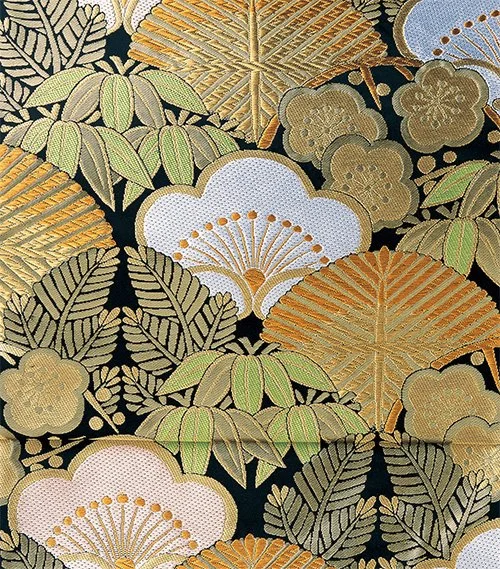The wave symbol or motif was originally used in China on ancient maps to depict the sea. In Japan its earliest appearance was on the clothing of a 6th century haniwa (funerary terracotta clay figure). It continued to be used as a symbol on clothing, particularly kimonos, for over a thousand years. Throughout Japan’s design history it has been used on kimonos, ceramic ware, lacquerware, then later in graphics design.
Types of Wave Patterns
Seigaiha-mon (Wave pattern)
Seigaiha-mon, or wave patterns, can also be seen outside Japan, in various places across the world including Egypt and Persia. Concentric circles are layered to create this fan-shaped geometric pattern.
The word “seigaiha” (or seikaiha) 青海波 is composed by three kanji which respectively means blue (青), ocean (海) and waves (波). Some authorities suggests that it was popularized in the Edo period (1603-1867) after the artist Seikai Kanshichi (青海 勘七) invented a way to paint the design using a special brush.
In addition to the basic seigaiha pattern, there are many variations including one which depicts shochikubai (combination of pine, bamboo and plum) instead of circles.
The Obi pictured above is a stunning combination of gold waves on a fresh,vibrant green silk. It is in excellent condition.
shochikubai
The Three Friends of Winter is a motif that comprises the pine, bamboo, and plum. The Chinese celebrated the pine, bamboo and plum together, as they observed that these plants do not wither as the cold days deepen into the winter season unlike many other plants. Together they symbolize steadfastness, perseverance, and resilience. They are highly regarded in Confucianism and as such represent the scholar-gentleman's ideal.
Image Credit to the Kateigaho Magazine Website, which has excellent articles on motifs. The Image is borrowed from this article dated 2020.






